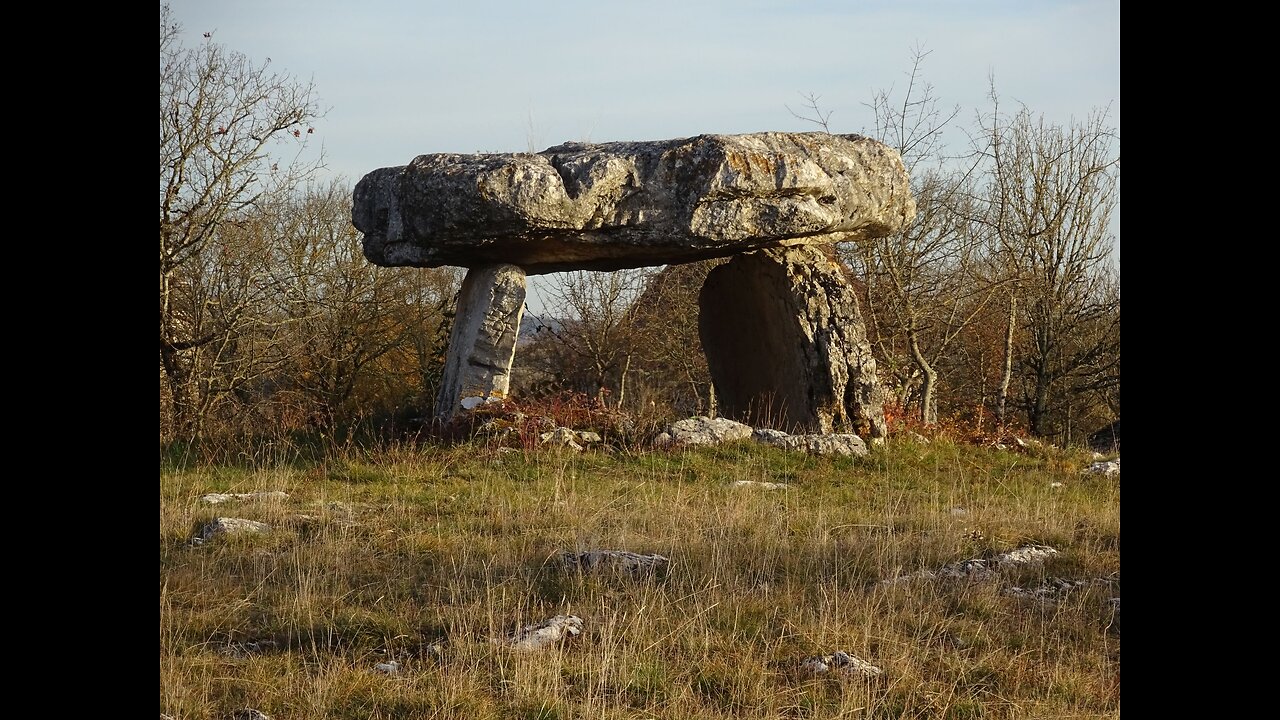Premium Only Content

"The Enchantress of Sylaire" by Clark Ashton Smith
I have so many questions....
osier: a small Eurasian willow that grows mostly in wet habitats and is a major source of the long flexible shoots (withies) used in basketwork.
withes: you see the definition above references withies, but the text I am reading from uses withes instead. Withes is a valid alternate spelling of the above word, and has at least two accepted pronunciations. I went with one that wasn't identical to the word 'with' as that might be confusing.
anchorite: In Christianity, an anchorite is someone who, for religious reasons, withdraws from secular society to be able to lead an intensely prayer-orientated, ascetic, or Eucharist-focused life. They were required to take a vow of stability of place, opting for permanent enclosure in cells often attached to churches. Also unlike hermits, anchorites were subject to a religious rite of consecration that closely resembled the funeral rite, following which they would be considered dead to the world and a type of living saint. Anchorites had a certain autonomy, as they did not answer to any ecclesiastical authority other than the bishop.
fillet: in this context, a band or ribbon worn around the head, especially for binding the hair. It is unclear to me how it should be pronounced with this usage, but as someone who has done a lot of fishing in my life time, I'd rather not pronounce it in the manner of fish meat when using the word in this other way...
lamia: In this context, a type of phantom who seduces young men to satisfy their sexual appetite and feed on their flesh afterward. Yum!
buskins: a calf-high or knee-high boot of cloth or leather
eremetic: characterized by ascetic solitude
cromlech: a megalithic construction made of large stone blocks. In this specific case, of the dolmen type, rather than the stone circle type.
boscage: massed trees or shrubs; thicket
purlieu: the area near or surrounding a place
Avernus: a lake near Naples, Italy, looked upon in ancient times as an entrance to hell, from whose waters vile-smelling vapors arose, supposedly killing birds flying over it
prosy: commonplace or dull
gorge: throat (from which we get gorget)
The picture used is of the dolmen du Mas de l'Artillou à Espédaillac (Lot, France), by PatPat46, used here under the Creative Commons Attribution-ShareAlike 4.0 International license (https://creativecommons.org/licenses/by-sa/4.0/deed.en).
For some reason it kind of freaks me out that these sorts of megalithic structures still exist, in the numbers the do, in the state of preservation they are in. There's just something vaguely unsettling about it, given how densely populated most of western Europe is, and how valuable such large, quarried stone would have been, that they were left completely alone all this time, often 4 or 5 or more millenia. Good for archaeologists, I guess, but still creepy.
It's not uncommon to see farms or other buildings built right nearby, but the stones have been left completely untouched. So it's not like people didn't know they were there, or were avoiding them, they just didn't see fit to reuse the stone for other purposes. Hmmm...
To follow along: http://www.eldritchdark.com/writings/short-stories/62/the-enchantress-of-sylaire
More X2 fodder in this story - the PCs will need the Sword of Sylaire and will have to encounter the Enchantress and slay the werewolf to get it.
-
 LIVE
LIVE
TimcastIRL
36 minutes agoTrump Orders Specialized National Guard Units To Combat Crime In Cities, Dems Furious | Timcast IRL
20,477 watching -
 LIVE
LIVE
Barry Cunningham
1 hour agoPRESIDENT TRUMP MADE TODAY A VERY BAD DAY TO BE A DEMOCRAT!
2,528 watching -
 LIVE
LIVE
Glenn Greenwald
2 hours agoIsrael Slaughters More Journalists, Hiding War Crimes; Trump's Unconstitutional Flag Burning Ban; Glenn Takes Your Questions | SYSTEM UPDATE #504
8,434 watching -
 LIVE
LIVE
Stephen Gardner
13 minutes ago🔥'Burn ALL TRUMP FLAGS’ says Tim Walz + Democrat CAUGHT rigging own election!
229 watching -
 10:10
10:10
robbijan
1 day agoHollywood’s Hidden Messages: Predictive Programming & What’s Next
971 -
 LIVE
LIVE
SpartakusLIVE
2 hours ago#1 Rocket CHAMPION of Verdansk wields UNSTOPPABLE new META
302 watching -
 40:13
40:13
MattMorseTV
1 hour ago🔴It's EVEN WORSE than we thought...🔴
2.6K27 -
 LIVE
LIVE
The Jimmy Dore Show
2 hours agoSnoop Dogg Is DONE w/ LBGTQ+ Propaganda In Kids Movies! Trump Outlaws Burning the U.S. Flag!
7,610 watching -
 LIVE
LIVE
MissesMaam
3 hours agoDying Light w/ Da Bois💚✨
86 watching -
 LIVE
LIVE
Sgt Wilky Plays
38 minutes agoThe Finals with the Pack
61 watching